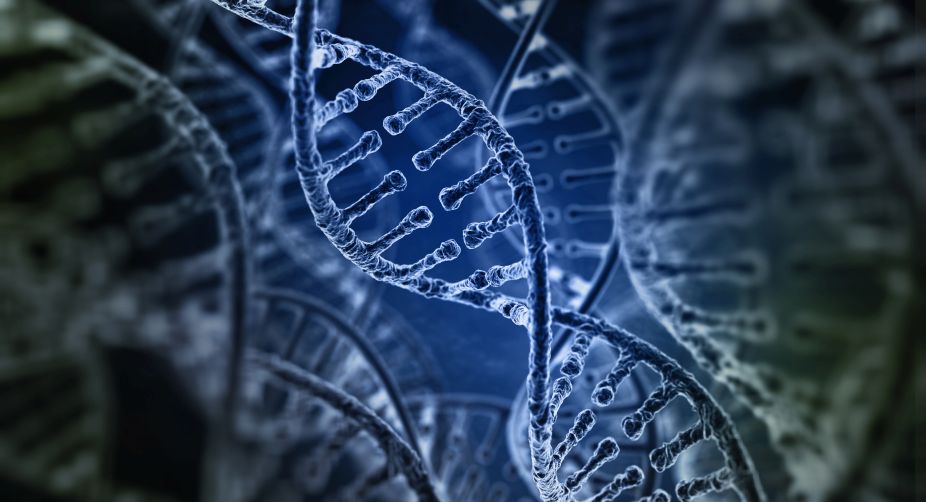Since gametes are haploid, they cannot be produced from diploid cells by mitosis because mitosis creates daughter cells that are genetically identical to the original parent cell. In other words, if gametes were formed by mitotic division of diploid cells, both sperm and egg would have a diploid chromosome number, just like the parent diploid cells. The hypothetical zygote created by the fusion of such diploid gametes would be tetraploid (possess four homologous sets of chromosomes). Moreover, the chromosome number would continue to double for each succeeding generation – an impossible scenario. Thus, for the chromosome number to remain constant from generation to generation, a different type of cell division must occur during the formation of gametes. That special type of division, called meiosis, reduces the chromosome number from diploid to haploid.
Meiosis involves one round of chromosomal DNA replication followed by two successive nuclear divisions. This results in the formation of four daughter nuclei (usually in separate daughter cells) containing one haploid set of chromosomes per nucleus. The principle of meiosis starts with a diploid cell containing four chromosomeass. A single round of DNA replication is followed by two cell divisions, meiosis I and meiosis II, leading to the formation of four haploid cells.
Meiosis and fertilisation are indispensable components of the life cycle of every sexually reproducing organism, because the doubling of chromosome number that takes place at fertilisation is balanced by the halving that occurs during meiosis. As a result, the life cycle of sexually reproducing organisms is divided into two phases — a diploid (2n) phase and a haploid (1n) phase. The diploid phase begins at fertilisation and extends until meiosis, whereas the haploid phase is initiated at meiosis and ends with fertilisation.
Advertisement
Organisms vary greatly in the relative prominence of the haploid and diploid phases of their life cycles. Fungi are examples of sexually reproducing organisms whose life cycles are primarily haploid but include a brief diploid phase that begins with gamete fusion (the fungal equivalent of fertilisation) and ends with meiosis. Meiosis usually takes place almost immediately after gamete fusion, so the diploid phase is very short, and, accordingly, only a very small fraction of fungal nuclei are diploid at any one time. Fungal gametes develop, without meiosis, from cells that are already haploid.
Mosses and ferns are probably the best examples of organisms in which both the haploid and diploid phases are prominent features of the life cycle. Every species of these plants has two alternative, morphologically distinct, multi-cellular forms — one haploid and the other diploid. For mosses, the haploid form of the organism is larger and more prominent, and the diploid form is smaller and more short-lived. For ferns, it is the other way around. In both cases, gametes develop from pre-existing haploid cells.
Organisms that alternate between haploid and diploid multi-cellular forms in this way are said to display an alternation of generations in their life cycles. In addition to mosses and ferns, eukaryotic algae and other plants exhibit an alternation of diploid and haploid generations. In all such organisms, the products of meiosis are haploid spores, which, after germination, give rise by mitotic cell division to the haploid form of the plant or alga. The haploid form in turn produces the gametes by specialisation of cells that are already haploid.
On the other hand, the best examples of life cycles dominated by the diploid phase are found in animals. In such organisms, including humans, meiosis gives rise not to spores but to gametes directly, so the haploid phase of the life cycle is represented only by the gametes. Meiosis in such species is called gametic meiosis to distinguish it from the sporic meiosis observed in spore-producing organisms exhibiting an alternation of generations. Meiosis is thus gametic in animals and sporic in plants.
The writer is Associate Professor, Head, Department of Botany, Anand Mohan College, Kolkata and also a Fellow, Botanical Society of Bengal.
Advertisement











